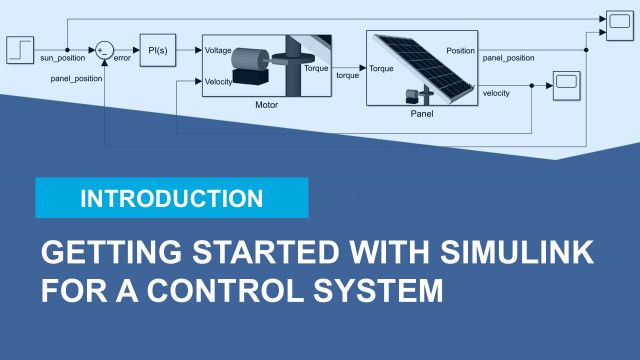What Is Simulation Software?
Simulation software helps you predict the behavior of a system. You can use simulation software to evaluate a new design, diagnose problems with an existing design, and test a system under conditions that are hard to reproduce, such as a satellite in outer space. To run a simulation, you need a mathematical model of your system, which can be expressed as a block diagram, schematic, state diagram, or even code. The simulation software calculates the behavior of the model as conditions evolve over time or as events occur. Simulation software also includes visualization tools, such as data displays and 3D animation, to help monitor the simulation as it runs.
Engineers and scientists use simulation software for a variety of reasons:
- Creating and simulating models is less expensive than building and testing hardware prototypes.
- You can use simulation software to test different designs before building one in hardware.
- You can connect simulation software to hardware to test the integration of the full design.
Time-Based Simulation
Simulink for simulation and Model-Based Design
Physical Systems Simulation
Simscape for modeling and simulating multidomain physical systems
Simulation Deployment
Simulink Compiler for sharing simulations as standalone executables, web apps, and Functional Mockup Units (FMUs)
See also: system design and simulation, modeling and simulation, Monte Carlo simulation, simulation software videos, discrete-event simulation, motor simulation

